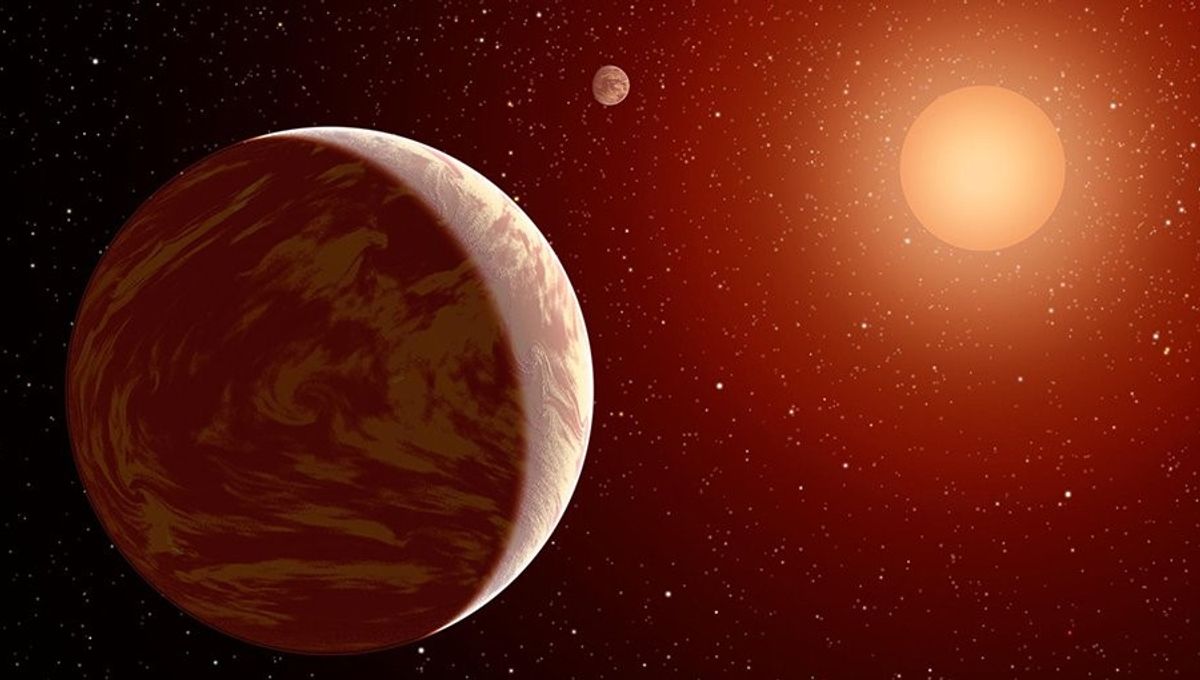
Two new rocky super-Earths can be added to the now long list of known exoplanets, worlds that orbit stars outside the Solar System. This finding is exciting for multiple reasons. They orbit an ultra-cool star, they are relatively close to Earth – about 100 light-years away – and one of them is in the habitable zone, the region where a planet gets enough starlight for water to be liquid.
As reported in the journal Astronomy & Astrophysics, the team set out to confirm the detection of one of the exoplanets by NASA’s planet-hunting space telescope, TESS. The planet is orbiting star TOI-4306, which has a temperature less than half as hot as the Sun. While there, they found another.
Exoplanets can only be confirmed when observed with two different techniques, so this follow-up was necessary.
“This follow-up is particularly important in the case of relatively cold stars, such as TOI-4306, which emit most of their light in the near-infrared and for which TESS has a rather limited sensitivity,” lead author Dr Laetitia Delrez, from the University of Liège, explained.
This follow-up actually led to a new discovery, one-upping what TESS was able to spot.
“Using the combined near-infrared sensitive ground-based telescopes of the SPECULOOS consortium – including the Bern led SAINT-EX telescope in Mexico – we were not only able to confirm and characterize the candidate planet that TESS had detected, but also discovered a rather special second, previously unknown planet,” co-author Brice-Olivier Demory, from the University of Bern, added.
The team estimates that both planets are made of rocky material and they are between 30 to 40 percent larger than Earth, bigger but not vastly different. They orbit the star respectively in 2.7 days and 8.5 days. But the star is smaller and cooler than the Sun, so the second planet is in the habitable zone, just like our own.
“This second planet receives about the same amount of stellar radiation as our Earth receives from the Sun and could therefore potentially have liquid water on its surface,” said co-author Dr. Robert Wells from the University of Bern.
“But we should not get ahead of ourselves. Being in the right spot does not guarantee a palm beach. Our neighbor planet Venus, which is, so to speak, a CO2-rich, near 500°C pressure cooker, is also near this so-called habitable zone around the Sun.”
JWST may be able to study this planet’s atmosphere and determine if it has the right ingredients to be Earth-like or if it is a different kind of world altogether.
Source Link: Habitable Rocky Super-Earth Discovered Orbiting Star Just 100 Light-Years Away